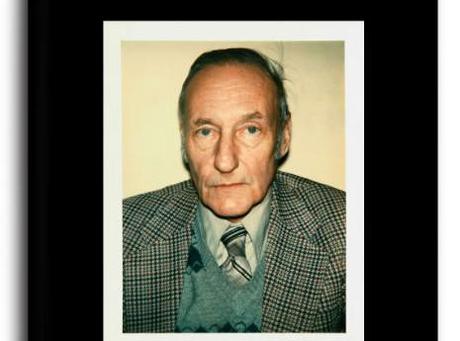
The cover of Rub out the Words
William Burroughs is the writer known for being so far out you probably couldn’t see him on a good day without a telescope. He was a member of the Beat Generation that saw Jack Kerouac and Allen Ginsberg and others test the boundaries of what was normal. He wrote, amongst other things, Naked Lunch, in which an agent negotiates the weirdness of the Interzone; he also shot his common-law wife (he claimed to have been aiming at a glass on her head.) A new volume of his letters, Rub Out the Words: 1959-1974, edited by Bill Morgan has been published. The first was published in 1993 and covered the early Beat Generation days; here’s what critics think about the new one.
Nerveless prophet of weirdness. You need to “go through the hall of mirrors” that Burroughs set up to get to him, said Tim Martin on The Telegraph. His fiction is hostile; he cultivated a “paradoxical” image of a “hushed drawl, perfect gray clothes,” and a poker face. And whilst this new volume won’t quite “dispel the image” of Burroughs as a “resident alien”, it does give “intriguing glimpses into the personality behind the mask.” In fact, these letters show that he was moving away from the Beats – to “far stranger horizons.” The letters show how he became interested in the collage technique that characterises his writing, and how he came to believe that language “was a form of mind control.” They also show how heroin stalked him throughout his life – and, more surprisingly, how indifferent he was to the “swelling counterculture.” And, interestingly, how he offers encouragement to his son. But he is still “the nerveless prophet of late-century American weirdness.”
Cosmonaut of inner space. He also, said James Campbell in The Guardian, treated libertarian ideas with “contempt.” But just when you’re “inclined to agree with him” as he dismissed the Black Panthers, for instance, “the cosmonaut of inner space takes a further turn: ‘The weapon to use is mass control of brainwaves. 400,000 brains in one spot emitting alpha waves of sleep and dream could dream the fuzz away and, if they want it the hard way, 400,000 epileptic waves makes an electric fence.’” These letters explore how he thought that “hidden meanings and foretellings” came out of cutting and pasting texts. This volume will be “welcomed by Burroughs addicts everywhere.” But the “editing is atrocious.”
A window into revolution. The letters are mostly to three correspondents, said Kirkus Review: his son, Billy; his friends Allen Ginsberg and Brion Gysin. They show how Billy was troubled (“are we surprised?”) with drugs, but at the time of the letters was married and gaining some success. Ginsberg is quietly edged out by Gysin, to whom he writes “most frankly about everything from gay porn to drugs.” And they also display his “phenomenal work ethic and assiduousness. Each letter is a window that permits a fresh view of a most complex and revolutionary writer.”

